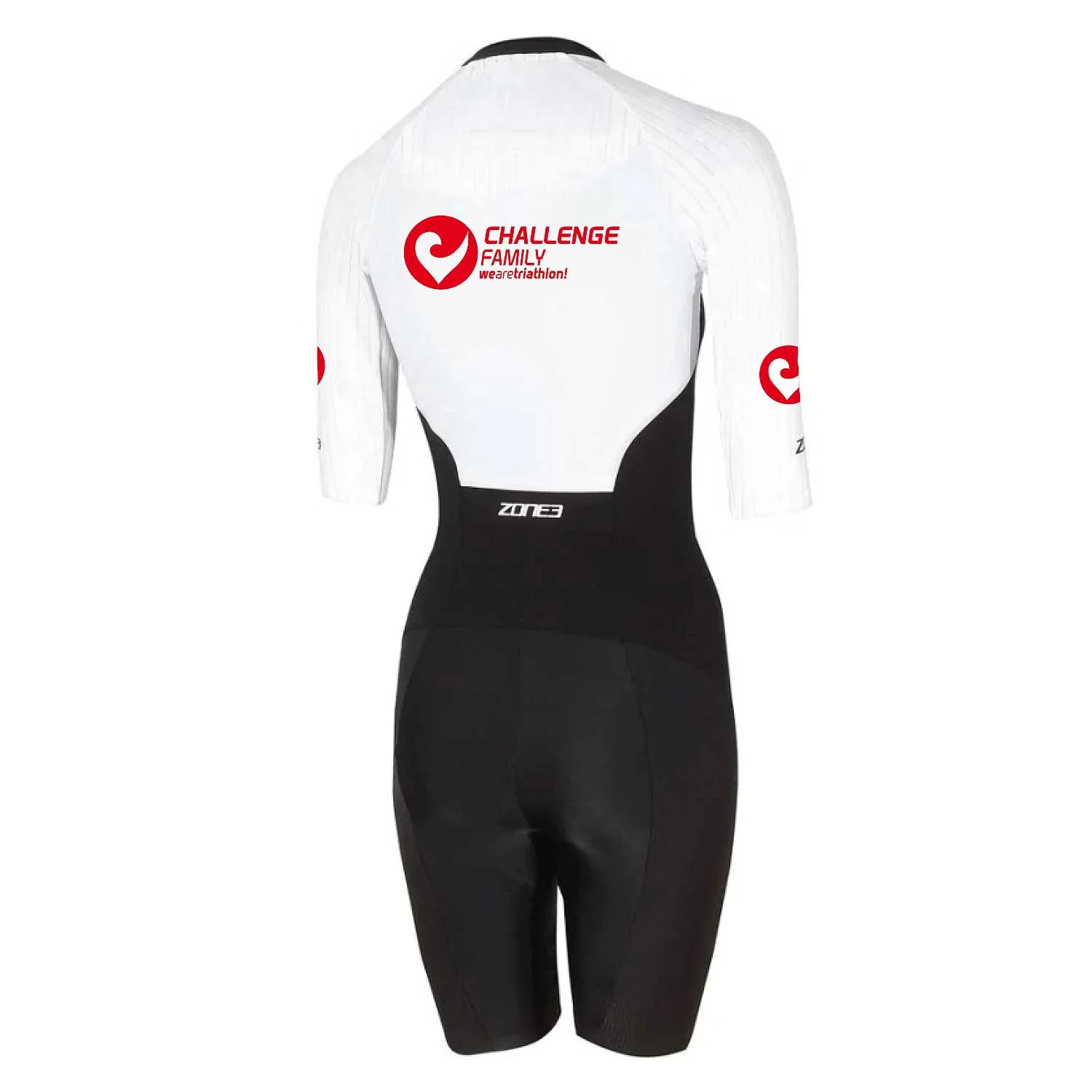For swimming expert Annette Gasper, the goal for swimming training is clear: only those who can slide will be fast. In this post, she shares her approach with you.
This winter, as a trainer, I set myself the goal of getting the athletes out of the water faster and more relaxed in the spring: effortless gliding, playful handling of the water... yes, we all know what that means, but how does it work?
The basis for fast and relaxed swimming is a good position in the water and a good feel for the water. I know many of you just like to train hard and a lot, but that alone doesn't always get you anywhere. With every push-off you can practice gliding optimally, so training on the short track is fun and makes sense. With four to five leg kicks you can go from gliding to crawling, and you already have an optimal start for the rest of the track. Here you can now deal with technique training or with speed. Without a good kick off, the whole track is a struggle.
The be-all and end-all: gliding
We see many athletes in our swimming seminars and often come to the same conclusion: You simply don't take the time for basics like gliding (that sounds so banal). If you work intensively on it for an hour, you will immediately notice that the unit has really achieved something. Anyone who can slide well - the arm should first remain in the arm stroke and not sink immediately - also has the time to prepare the pull well. Engaging in the elbow joint is a prerequisite for swimming fast. The larger this area of hand and forearm, the easier it is to push off the water.
Pushing is the keyword. The hand is accelerated underwater. It's a bit tiring because you're using the resistance of the water to move forward at that moment, but it's also effective and makes you fast. This movement can best be trained on land with a pull rope.
So the secret to swimming fast and relaxed is to slide, line up and accelerate and slide again...
Underwater photos provide information
Who is now wondering: and how do I swim? It should be said: It is worthwhile to film under water. This way you can get a good idea of what it should look like - YouTube has a lot of great videos here, for example the 1500 m Olympic final - and what it really looks like. If you don't have an underwater camera, you can simply make a video with your cell phone that records the swimming style from the outside.
Also interesting:
Annette's tip
My tip: I would try to swim with as little effort as possible and pay attention to two things. The number of moves – you shouldn’t need more than 40 moves on a 50-meter track (with a good kick-off). And the speed – if you can swim easily and achieve acceptable times, that's ideal. Then two more weeks of technical and train-oriented training. When the technique is in place, you can start swimming faster. The looser we swim, the more power reserves we have to swim faster.
Only those who can swim easily will be fast
It all sounds very simple, and it actually is. I keep finding that athletes find it difficult to get involved in relaxed swimming. Experience usually says that swimming has always been torture and you can't do without it. I do not think so. Because the little competitive swimmers aged ten to fourteen train hard, but they never struggle in the water, they glide.
The training plan of the week
300m one, different layers
4 x 100m 1 lane tee shot, 1 lane crawl every 10th a different focus (gliding, queuing, breathing, overwater phase) break 20 sec.
6 lanes per lane need one train less
12 x 50 50 m calm, 50 m medium, 50 m fast break every 10 seconds.
200m easy back or chest
3 x 300m crawl, easy, slide, good push-off break 30 sec.
200m bathing
Have fun!
Find the right swimwear
Jammers, trunks and swimsuits come in great new colors.
Durable, quick drying and chlorine resistant with an eye-catching look!




















